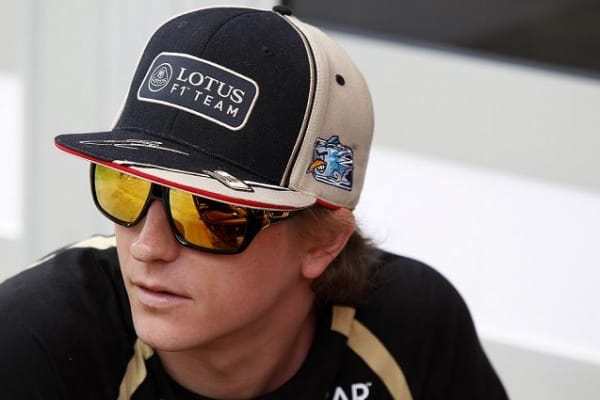
More Malaysian Grand preview.
Renault Sport F1 will be looking to work with its four partner teams to build on their respective strong starts to the season. Red Bull Racing scored a podium with Sebastian Vettel in Melbourne, with Mark Webber fourth, while Lotus F1 Team secured seventh with Kimi Raikkonen. Williams F1 Team had a competitive start to the year, with Pastor Maldonado racing in the top ten for the duration of the race, while Caterham F1 Team continued to edge closer to the midfield.
• The Malaysian Grand Prix presents a challenge for engines on account of the high ambient temperatures and humidity. Along with Abu Dhabi and Bahrain, the temperatures can reach over 40°C, so engine cooling becomes crucial. The high water content in the atmosphere also displaces air that could otherwise be combusted, and slows the combustion process. These both act to reduce power output, but Renault Sport F1 recreates the climatic conditions on its test cells back at Viry-Châtillon to ensure the engine is fully-optimised for Sepang.
• Monza has the highest percentage of full throttle per lap at around 75% but Sepang features two long straights that are around 850m long. Although the drivers are at full throttle for around 60% of the lap in Malaysia, the race is relatively long in terms of time. As such, the total time spent at full throttle is actually equal, if not slightly more, than at Monza – weather conditions permitting…
• The two long straights run in opposite directions, which helps to dilute the effect of any change in wind direction. Seventh gear selection is also always a compromise between performance in the race and qualifying. Optimising 7th for qualifying will result in a gear that is too long at the start of a race, when the car has a full tank of fuel.
• Wet conditions always provide a tough test for the driveability of the engine. The RSF1 engineers will monitor the on-car torque sensor, to ensure the engine is always providing the torque requested by the driver. The driver can change pedal maps in wet conditions, to help him better modulate the torque application in slippery conditions.
• Keeping the fuel temperature under control is vital in Sepang. The high ambient temperatures can cause fuel to run over the recommended temperatures, meaning a lower grade fuel must be used by engine suppliers. Renault’s fuel partner, Total, produces two types of fuel for use with the RS27. Despite the high Malaysian ambient heat, Renault’s partners are still able to use the highest spec of fuel, as Total and its customers have made progress in understanding the chemical characteristics of the fuel, as well as fuel tank insulation.
• Engines enter the second race of their life cycle. The reliability and consistent performance of the RS27 means all Renault powered drivers will be re-using the Australian engines in Malaysia.
Heikki Kovalainen, Caterham F1 Team
As Malaysia’s one of our two home races we’re always given a very warm welcome when we come here and that’s extra motivation for the whole team to push on in what are clearly pretty tough conditions. As much as it’s challenging for us inside the cockpit, it’s also pretty hard on the car, with the two straights the only chance to relax through the lap. However, this year we’re running with KERS, so even that won’t be easy. We need the Renault engine to deliver responsiveness throughout the mid range, but power down those straights, plus of course the KERS to be on top form to make the most of any opportunities.
Head of Renault Sport F1 track operations Rémi Taffin gives his thoughts on Sepang
We are really looking forward to Malaysia after a competitive performance for all our partners in Australia. It’s not easy doing back to back races at such different tracks, but thanks to the support of the Viry factory and the work conducted on the dyno to optimise the RS27 for the unique Malaysian challenge, we feel very prepared.
Some 25% of the Sepang lap is comprised of straights linked by a hairpin. The straights are an average of 850m each, which means the engine will be at maximum 18,000 revs for approx 12.5 seconds of the average 1min 35sec lap. As a result, we need to deliver engines that have strong top end power. Additionally the straights also provide passing opportunities, so delivering fully functional KERS can be crucial to gaining places. In Australia we were disappointed that we had KERS issues with Red Bull and Caterham, but we have looked carefully at the reasons for the failures and feel we are on top of them now.
The corners either side of the two straights are largely fast and flowing, giving an average speed of 210kph, which also require RSF1 engineers to deliver driveability and responsiveness. This is typically one of the main features of the RS27 so we are quite confident going to this second round of the championship.
